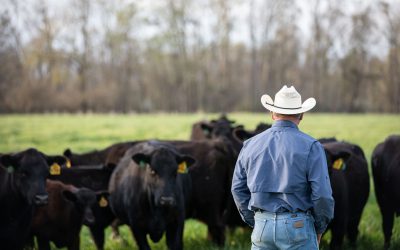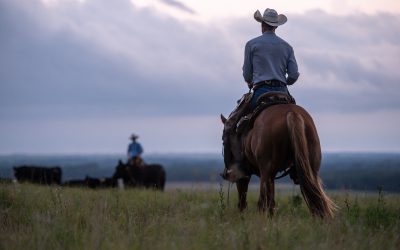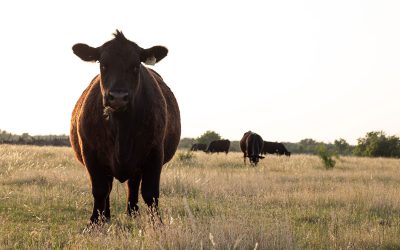
Following the Calves: An introduction
We look forward to new projects, but after getting to know a rancher and their cattle, we also want to keep in touch.
Has drought affected their weaning schedule?
How will they select a feedyard?
Wonder what their performance will be…
How did the cattle do on the rail?
Is their selection criteria going to stay the same this year?
These and many more questions swarm through our heads, so we decided to stay in touch, ask and share answers with readers.
Over the course of the next year we’re going to follow along with a group of cattlemen committed to quality and improving the genetics of their own cowherds. Ranchers from the southeast, northern Rockies, central Plains and desert Southwest will provide a realistic diversity of what it’s like to raise and feed cattle in different parts of our country.
We want to explore the feeding side of the industry with you. We want to answer questions you’ve always wanted to ask. We want to be there when the decisions are made.
We want to Follow the Calves.
Check back tomorrow as we begin the journey in sunny Florida.
Hope you enjoy the ride,
Laura
You may also like
Progress from small steps
Every day is a chance to learn and get better. Thousands of others like my new friends in Alabama are taking steps to meet the shifts in consumer demand, and to know more. Small steps in the right direction can start now. Even if it’s just recording a snapshot of where you are today, a benchmark for tomorrow.
Not perfect, but working to get better
The CAB Cattleman Connection team heard its name called more than once in the virtual ceremonies, and each time came a sense of personal accomplishment, but even better: confirmation that we’re getting better at our craft. I hope that means we’re doing a better job for you.
Beefed up findings
Frank Mitloehner presents his findings on the animal ag sector’s impact on global warming. He explains how cattle counterbalance other fossil fuel sectors, proving that cattle are a solution and not a threat.



